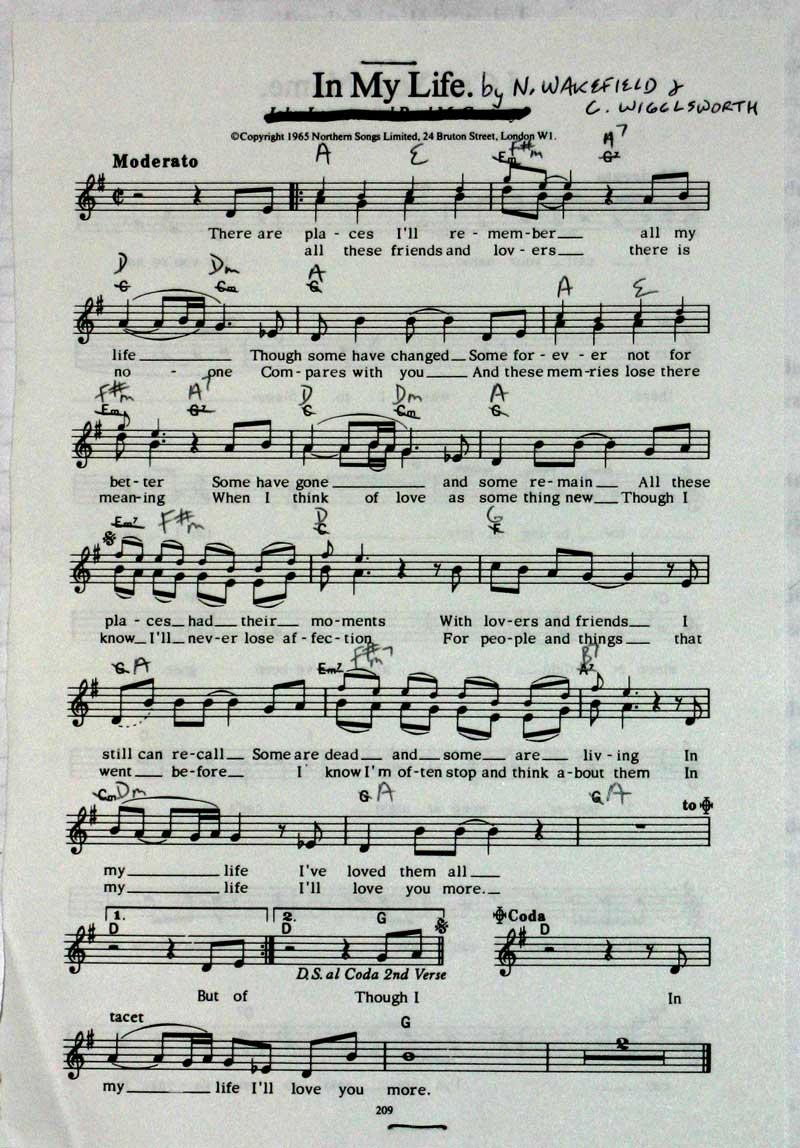
THE EARLY YEARS
Nigel Wakefield and Clive Wigglesworth first met as 9-year-olds in the working-class London neighborhood of Shepherd’s Bush. Clive’s mum had sent her young son door-to-door on their street in the search for a sheep’s stomach, as she was preparing haggis for the holidays. Upon seeing the bespectacled redhead at his front door, a horrified Nigel quickly slammed the door, rapidly compressing Clive’s big toe in the process. The ensuing scream marked the first time anyone had heard Clive’s clear, angelic tenor potential. Straightaway, Nigel asked the carrot-topped lad to join him in the local Anglican Church boy’s choir.
MUSICAL INFLUENCES
The two became fast friends and often spent afternoons in Clive’s basement listening to American rock and roll recordings. They were especially impressed by Buddy Holly, Chuck Berry, Little Richard, The Everly Brothers, and Rockabilly artist Carl Perkins, but also listened with fascination to some of the more obsure bluesmen like Howling Wolf, Screaming Jack, Gasping Jerome and Expectorating Rufus. (Nigel and Clive were to pay homage to these artists by liberally borrowing and repacking their ideas throughout their songwriting careers). But it was not until Nigel received a cheap nylon-string “Li’l Elvis” guitar in 1961 that the two began to harmonize together.
FLEDGLING PERFORMERS
The 1962 Shepherd’s Bush Secondary School Annual Spring Talent Show marked the historic moment with Nigel and Clive first performed together, wowing the crowd with their rendition of The Everly Brothers’ hit “My Prom Date’s Dead”. This impressive debut was followed by a long list of appearances at local churches, rest homes, weddings, and bar mitzvahs, finally culminating in a performance at the grand opening of a Wimpy’s Hamburger restaurant, where they caught the eye of legendary talent scout Desmond St. Dickie, who had successfully launched the careers of local magicians, balloon-folders, plate twirlers and assorted trained-animal acts. St. Dickie was able to secure a recording contract with Bloody Hell Records, a small independent label, even agreeing to pay for lunch if Nigel and Clive picked up the costs of renting the studio and actually pressing, labeling, and distributing the records.
UNEXPECTED SUCCESS
The boys managed to raise the money by selling everything they could find in their parents’ homes, finally cutting their first single “Please Squeeze Me” in January of 1963 (The Iyrics were changed to “Please Please Me” when The Beatles released their version later that year. Nigel and Clive were never given writing credit, as will be explained later). After unsuccessfully pitching the record to BBC radio, they finally caught the attention of Simon “Big Goiter” Pratt, owner of a popular nightspot in London’s trendy Soho district, who signed the lads to a management contract and convinced BC radio that it would be “in their best interests” to give the song air time, which they did by March of 1963. “Please Squeeze Me” became an instant hit, with screaming fans flooding the radio station’s switchboards, demanding to hear the catchy tune again and again. The uproar led to a public outcry to release Nigel and Clive from the juvenile detention facility where they were being held for the thefts of their parents possessions. Blood Hell Records released them from their contract, which allowed them to sign with a larger label, Black Pudding Records Ltd. In time to release their second creation “I Wish to Embrace the Appendage At the End of Your Arm”, which experienced sluggish sales until The Beatles re-released it as ” Want To Hold Your Hand”. Nevertheless. demand for Nigel and Clive music remained high, and they released their first album “Meet Nigel and Clive” to popular and critical success.




